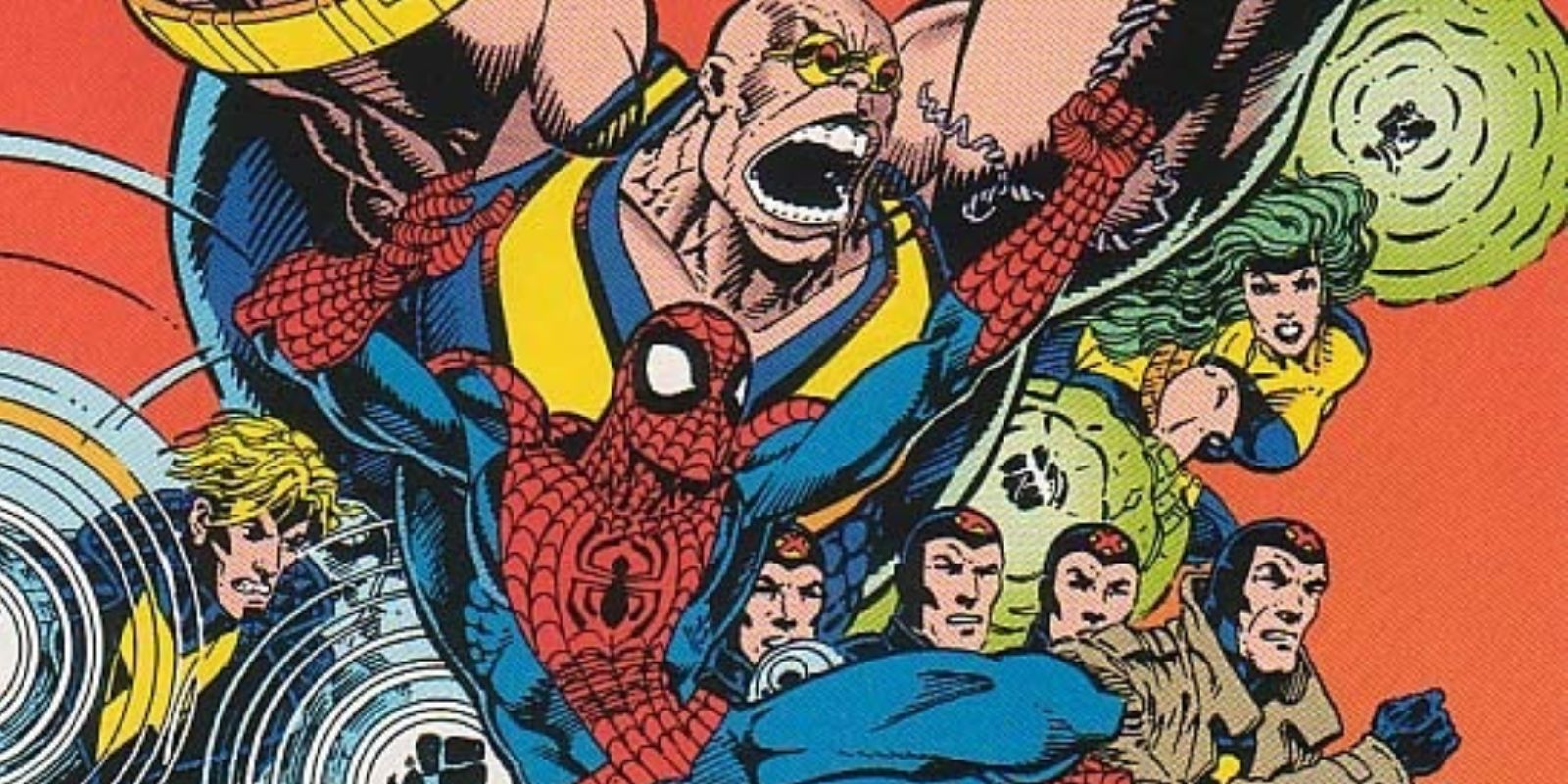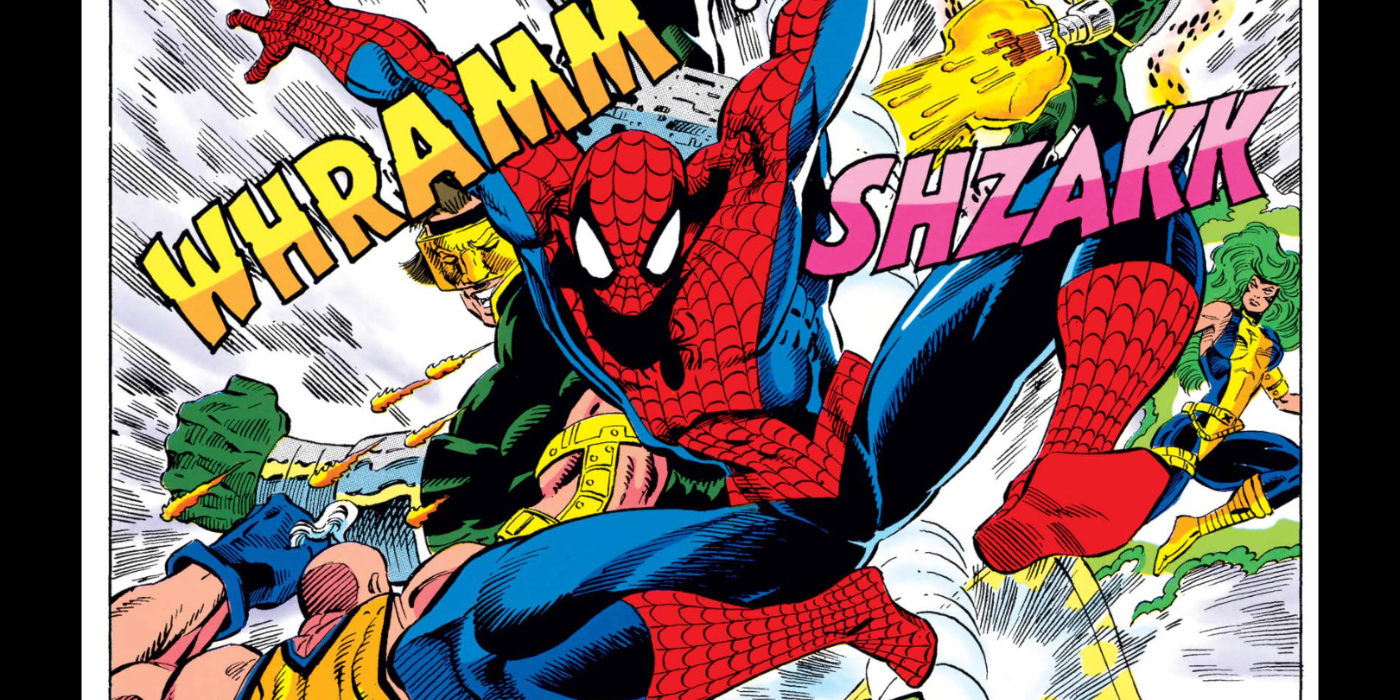It’s arguable that Earth wouldn’t exist if it weren’t for superheroes in the Marvel universe. Between the countless space conquerors, trans-dimensional beings, demons, gods, and tyrannical madmen, the world would have succumbed to a terrible fate countless times over. But what happens when the world's greatest superheroes are the very cause of the world’s supervillains? This is a question Spider-Man and X-Factor were confronted with when they crossed paths with a team of super ex-criminals.
1994’s Spider-Man and X-Factor: Shadowgames (by Kurt Busiek, Pat Broderick, and Bruce Patterson) is a three-issue crossover that puts both the wall-crawler and the government employed mutant team against a top-secret organization and its sinister team of super-soldiers. Making matters even more complicated was the role Spider-Man played in their plans and the innocent people caught in the cross-fire.
The story begins with Spider-Man being ambushed by a team of supervillains calling themselves Shadowforce. The team is relentless and merciless in their assault on the web-slinger, with many of them sharing the characteristics of other Marvel heroes. During the battle, Spider-Man is struck by a barrage of tranquilizer darts that knock him unconscious. Luckily, Spider-Man’s friend Flash Thompson witnessed the battle and alerted the authorities, leading to the government santioned team X-Force being sent out to access the situation.
As X-Force investigates who and what Shadowforce is, Spider-Man awakens in a secret military facility. He learns that his assailants are actually a team of conscripted ex-criminals forced into something called Project: Homegrown led by General Sharpe. The hero is able to escape the facility just as X-Force smashes their way in, leading to a heated battle that the heroes barely escape. Soon, a hunt is initiated to locate Shadowforce and shut down Project: Homegrown. At the conclusion of the story, the supervillain team is apprehended and General Sharpe is held responsible for his actions.
The story raises the point of how the very existence of superheroes is dangerous in and of itself. Project: Homegrown was an attempt at replicating heroes such as Captain America, The Hulk, and The Fantastic Four and placing them under mind-control. The perversion of good into something evil is a quandary that will always need to be contested, regardless of how or why it is happening.
Shadowgames is a fantastic story because it doesn’t simply paint Shadowforce as generic supervillains with a two-dimensional motivation. They were victims as well as villains. If they had never been forced into the superhero replication project they might have served their sentences and returned to normal lives; instead, they were given incredible powers against their will and brainwashed. The definition of supervillain, while seemingly easy to discern and label, becomes blurry within the confines of this story. It’s a shame that things didn’t end better for Shadowforce, but the actions of General Sharpe were exposed and it can now be hoped that organizations like Project: Homegrown will be few and far between.



.png)